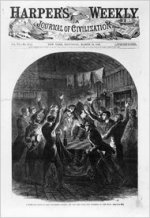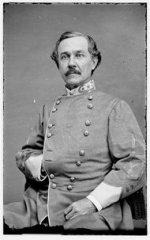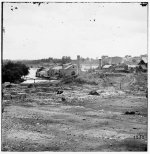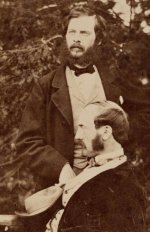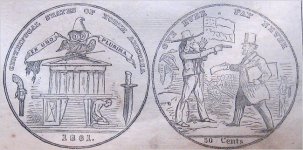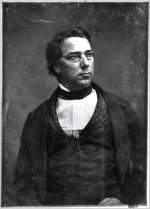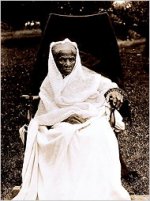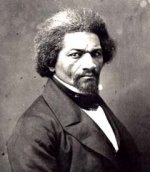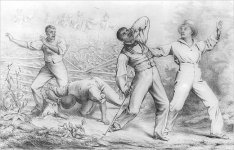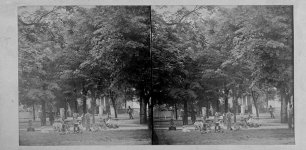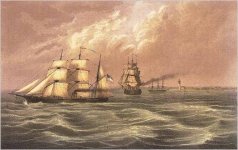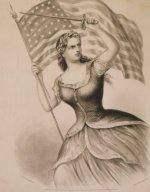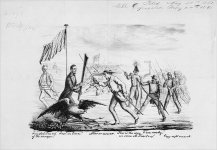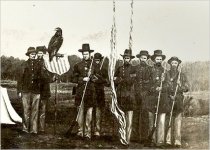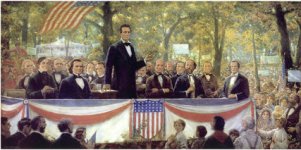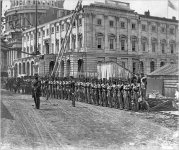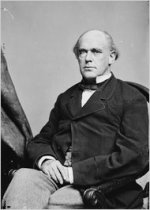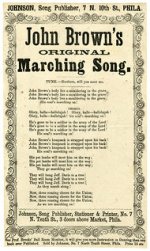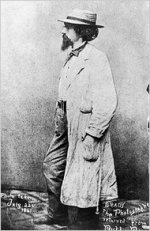jazzeum
Four Star General
- Joined
- Apr 23, 2005
- Messages
- 38,888
Uniforms is the topic of the day! As the article notes, in the beginning of the War uniform were far from -- uniform -- and reflected not just different aesthetic choices but idealogical differences.
The articles notes the atypical uniforms such as those worn by the 79th NY Volunteer Infantry and the Washington Artillery, a New Orleans militia batallion originally formed in 1838.
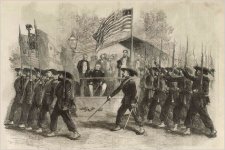
Garibaldi Guard Parading Past President Lincoln
However, the author notes that as the War progressed uniforms became standardized and the notion that war was a great adventure was replaced by something "far more grim and industrialized, fought not by individuals but by monolithic forces of blue and gray."
The article can be accessed here.
The articles notes the atypical uniforms such as those worn by the 79th NY Volunteer Infantry and the Washington Artillery, a New Orleans militia batallion originally formed in 1838.

Garibaldi Guard Parading Past President Lincoln
However, the author notes that as the War progressed uniforms became standardized and the notion that war was a great adventure was replaced by something "far more grim and industrialized, fought not by individuals but by monolithic forces of blue and gray."
The article can be accessed here.


